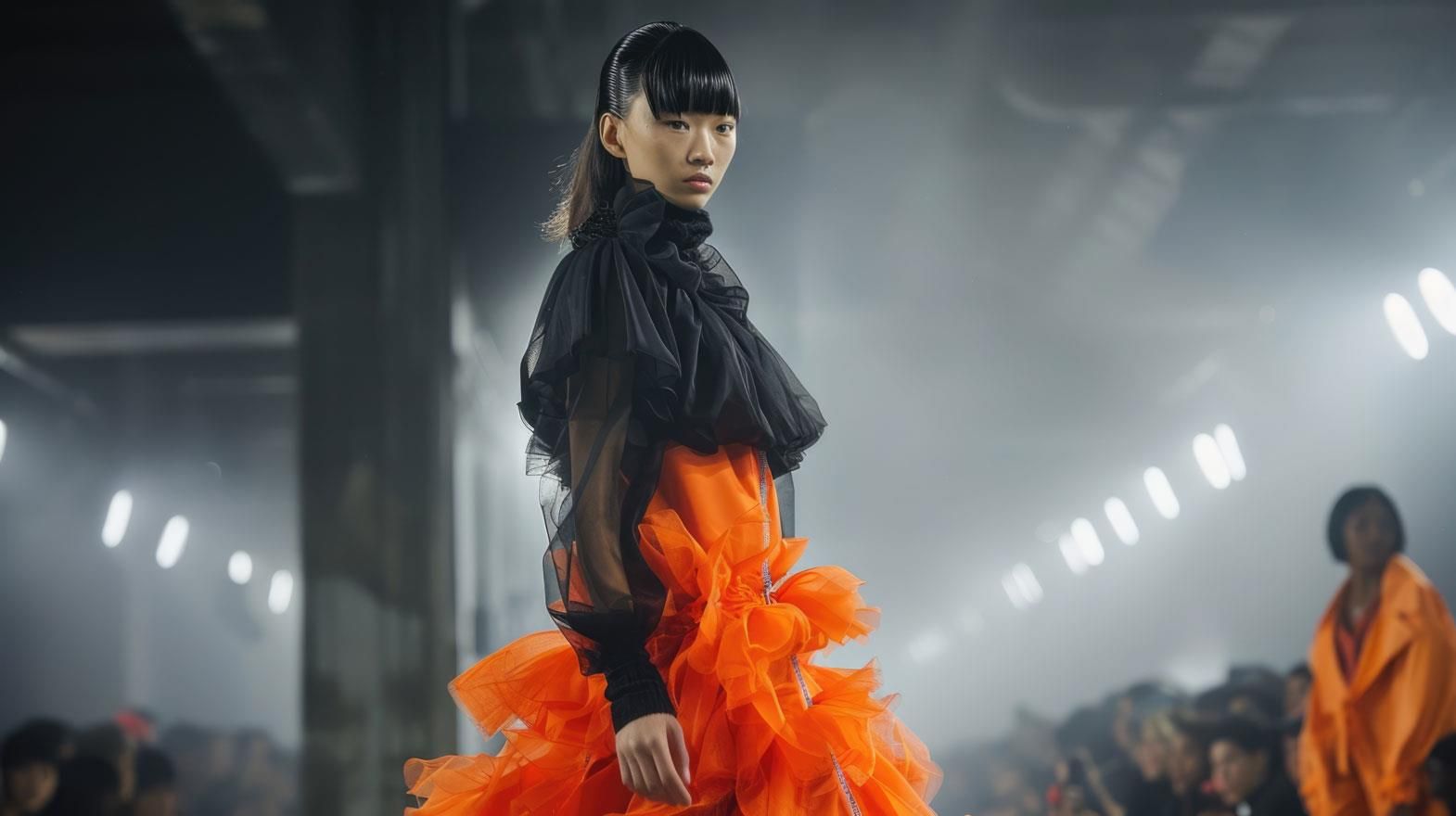Shanghai and Beijing the two most talked about cities in mainland China. What do both the cities have in store for future fashion trends?
McKinsey's reports predict China's luxury market to grow 18% annually to become the world's biggest by 2015. China's mass market is being dominated by domestic brands, with more extensive sales channels than their foreign counterparts. Majority of the apparel sales are being generated by enterprises in Jiangsu, Shanghai,and Shandong.
As per China National Commercial Information Centre (CNCIC), apparel sales growth in China is seeing a year-on-year increase with 31.2%. While middle sized stores saw a 19.2% growth, low end stores had an 18.4% growth. Department stores and specialty stores are the main source for selling branded apparels.While wholesale and hypermarkets trail closely, they are involved with selling much of the unbranded garments. More domestic brands are eager to expand their market share. Metersbonwe was the most valuable Chinese brand with a brand value of 11.5 billion Yuan during 2011.
Many foreign players are seeking entry into China, while well established players are chalking plans to expand into lower-tier cities. With competition getting tougher in the tier I cities, global as well as domestic brands are targeting the II and III tier cities. Zara planned an expansion to 42 cities in China.H&M added 12 new stores during 2010-11 and reached a total of 59 cities in the country. During 2011, international fast fashion brand C&A entered Central China.
Beijing Vs Shanghai:
Shanghai is located in Central China, and Beijing in the North. Beijing is the cultural center of China, while Shanghai is a business hub. They are different not just in their lifestyle, but also in a way they influence the fashion industry of the country. Shanghai is modern, economic, and a fashion powerhouse, whereas, Beijing fashion is conservative.
Timothy Coghlan, Founder & Editor of maosuit.com says, "One could say the general population is better dressed or even 'fashion conscious' in Shanghai. This grew out of an early embrace of international culture that even stems as far back as the 1930s when Shanghai was the 'Paris of the East'. That said Shanghai fashion tends to be more mainstream and 'logo' driven. "
He also shares his opinion about Beijing. "Your everyday fashionista in Beijing is likely to be more avant-garde and display a much edgier fashion sense. Beijingers represent their identity through fashion rather than just trying to 'fit in'. Much of Beijings fashion sensibilities have emerged out of Beijing's collective artistic and cultural consciousness."
Fashion future of Beijing & Shanghai:
There are some distinct features between the fashions of the two cities. Beijing people live in the history of their ancient city, while Shanghai people are more modern. Shanghai is a hotbed for radical ideas, and fashion. So which of the two cities is more fashion forward? Timothy says, "One could say the general population is better dressed or even 'fashion conscious' in Shanghai. This grew out of an early embrace of international culture that even stems as far back as the 1930s when Shanghai was the 'Paris of the East'. That said Shanghai fashion tends to be more mainstream and 'logo' driven. "
"Your everyday fashionista in Beijing is likely to be more avant-garde and display a much edgier fashion sense. Beijingers represent their identity through fashion rather than just trying to 'fit in'. Much of Beijing's fashion sensibilities have emerged out of Beijing's collective artistic and cultural consciousness."
According the 2012 Huran report, Beijing has the most millionaires in all of China (Shanghai came 3rd). In line with this many brands report stronger retail sales in North China region and Beijing has its fair share of fashion and luxury brand malls. Many designer brands have opened their stores in China, and more flagship stores are likely to be opened. Much of the action will be focused in Shanghai.
China's emergence as a global powerhouse has fuelled the key factors that are instrumental in driving the country for the same. Luxury market in China is positively expected to grow 6-7% by 2012 by industry analysts. With the market is tilting towards the absolute end of the luxury spectrum, high end brands will outperform with more accessible options.
References:
1) Maosuit.com
2) Cnreviews.com








Comments